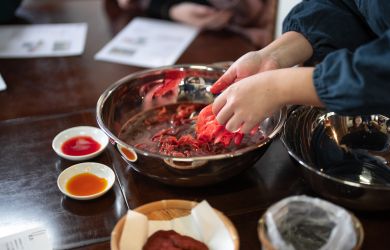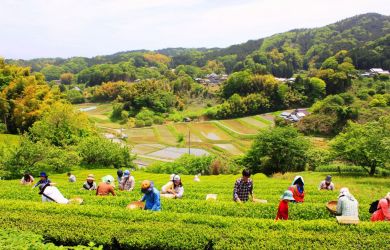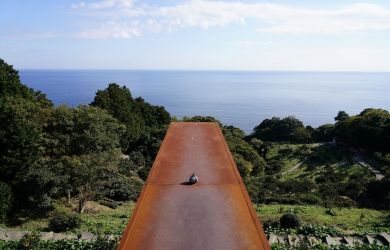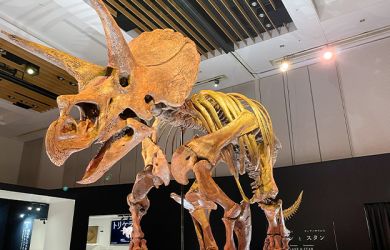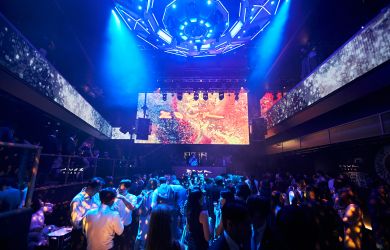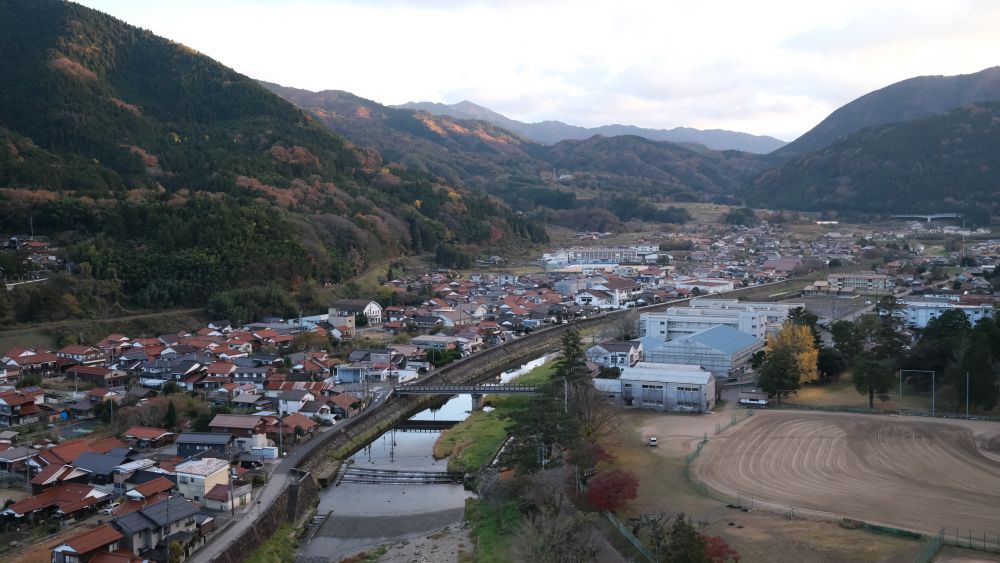
Welcome to Tsuwano, a hidden samurai town at the western edge of the Shimane Prefecture. Tsuwano is surrounded by mountains, marked through the middle by a small river. Alongside the main street are two runnels where carp swim leisurely. Rows of traditional wooden houses extend to the end of the road.
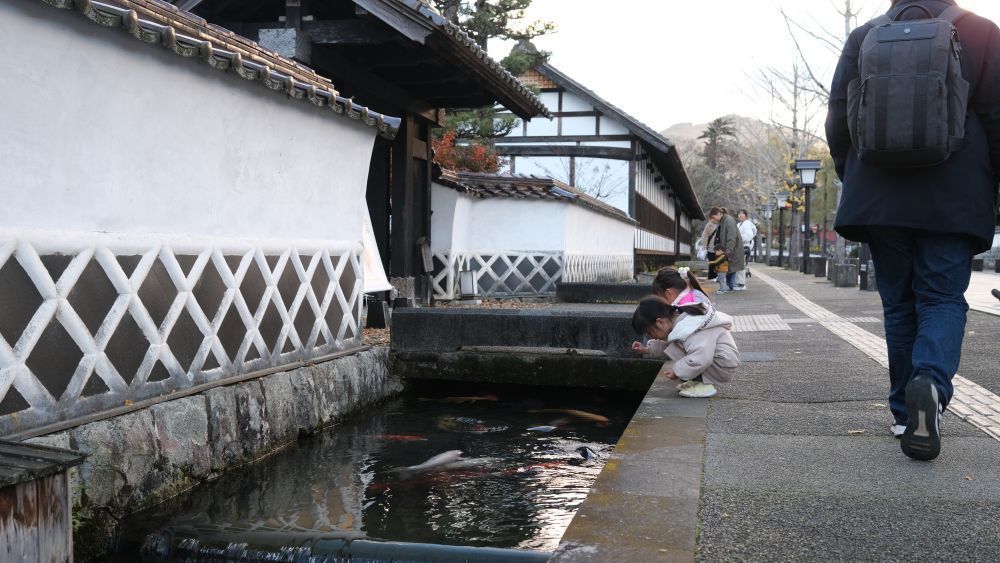
Samurai History
Tsuwano cultivated many intellectuals, politicians and industrialists at the dawn of Japan’s modernization. In the Edo period, the Tokugawa Shogunate closed the country from interacting with Western powers but allowed minimum trade in Nagasaki. Western knowledge came in through Nagasaki and gradually spread across Japan. Tsuwano was one of the regions that received such influences deeply.
In the feudal era, the ruler of Tsuwano set up the Yorokan school originally to teach subjects such as Confucianism, etiquette and fighting with sword fighting. However, when Western sciences arrived Tsuwano through Nagasaki, the Yorokan school started teaching Western sciences like medicine. As a result, many of Tsuwano’s intellectuals contributed to the modernization of the nation.
Notable Locals
Mori Ogai and Nishi Amane were the two most famous intellectuals who lived in Tsuwano and received education at Yorokan. Mori Ogai was originally a doctor in the army but later became one of the most important writers in modern Japanese literature. Nishi Amane was a scholar who invented the word tetsugaku, the Japanese word for “philosophy.” In fact, Ogai and Nishi were neighbors in the late Edo period. Now, their houses are open to visitors in Tsuwano. Take a look at Mori Ogai Memorial Museum, which exhibits his biography and texts.
Edo Architecture
Get a feel of Tsuwano’s past by staying at the inns renovated from old houses. Traditional wooden homes, constructed with white wooden walls and dark-red roof tiles unique to Shimane are well preserved in Tsuwano. Recently, more and more of these houses are renovated into inns and shops. Tsuwano GuestHouse & Cafe Lounge Nomad is one of such. Integrating modern interior design with the 50-year-old traditional architecture, the inn is a cozy hostel where guests can have an easy chat in the shared space. All the rooms are linked to a tranquil Japanese garden so guests enjoy the scene from inside the room, or step outside and get some fresh air. Apart from inns, other old houses are renewed into tea shops like Komien Kamiryo Chaho.
Local Tea
Tsuwano’s people have used zaracha, a non-caffeinated tea crafted from a plant grown primarily in East Asia, as a medical remedy since the feudal era. Today, zaracha is a health elixir, beloved for its slightly smokey aroma and smoothness. Komien Kamiryo Chaho offers zaracha of various flavors such as herbal and genmai (brown rice) ones. Tea sweets like canelé and cheesecake are available — the menu changes occasionally. Pair your favorite zaracha with a freshly baked pastry.
Yabusame Archery Festival
The Yabusame Archery Festival is a contest that takes place every April, and speaks about an important skill of a samurai — archery. Under the cherry blossoms, archers wearing traditional hunting outfits ride on horses, yell “In!-yo!” and shoot at the targets. After the contest, the archers go to the Washibara Hachimangu Shrine and conduct rituals to pray to the deities. The Yabusame contest originated in the Kamakura period as a way to train the samurai but dwindled for some time. It was revived in the Edo period as an important ritual and spiritual practice for samurai. Now, the festival is one of the largest tourist draws in the San’in region. Don’t miss the Yabusame Archery Festival in the coming April.
Getting There
It takes around one and a half hours from Haneda Airport to Shimane’s Hagi-Iwami Airport and another one hour by car from the airport to the town.
